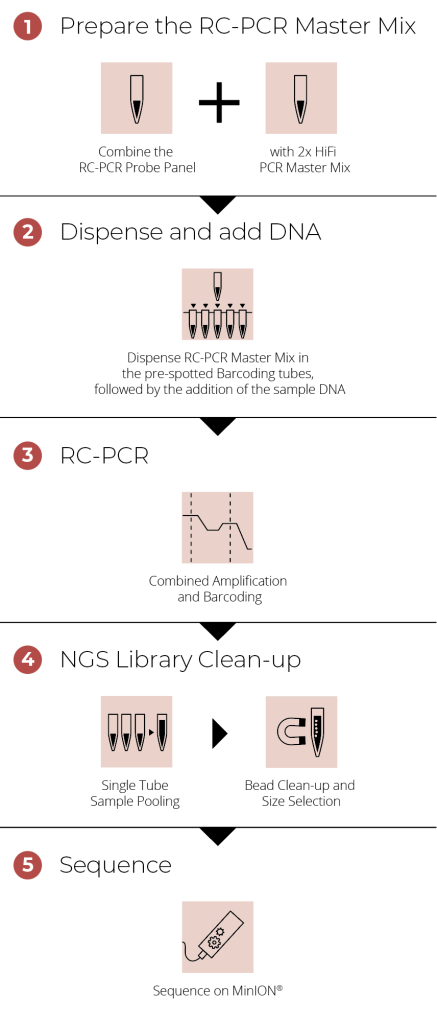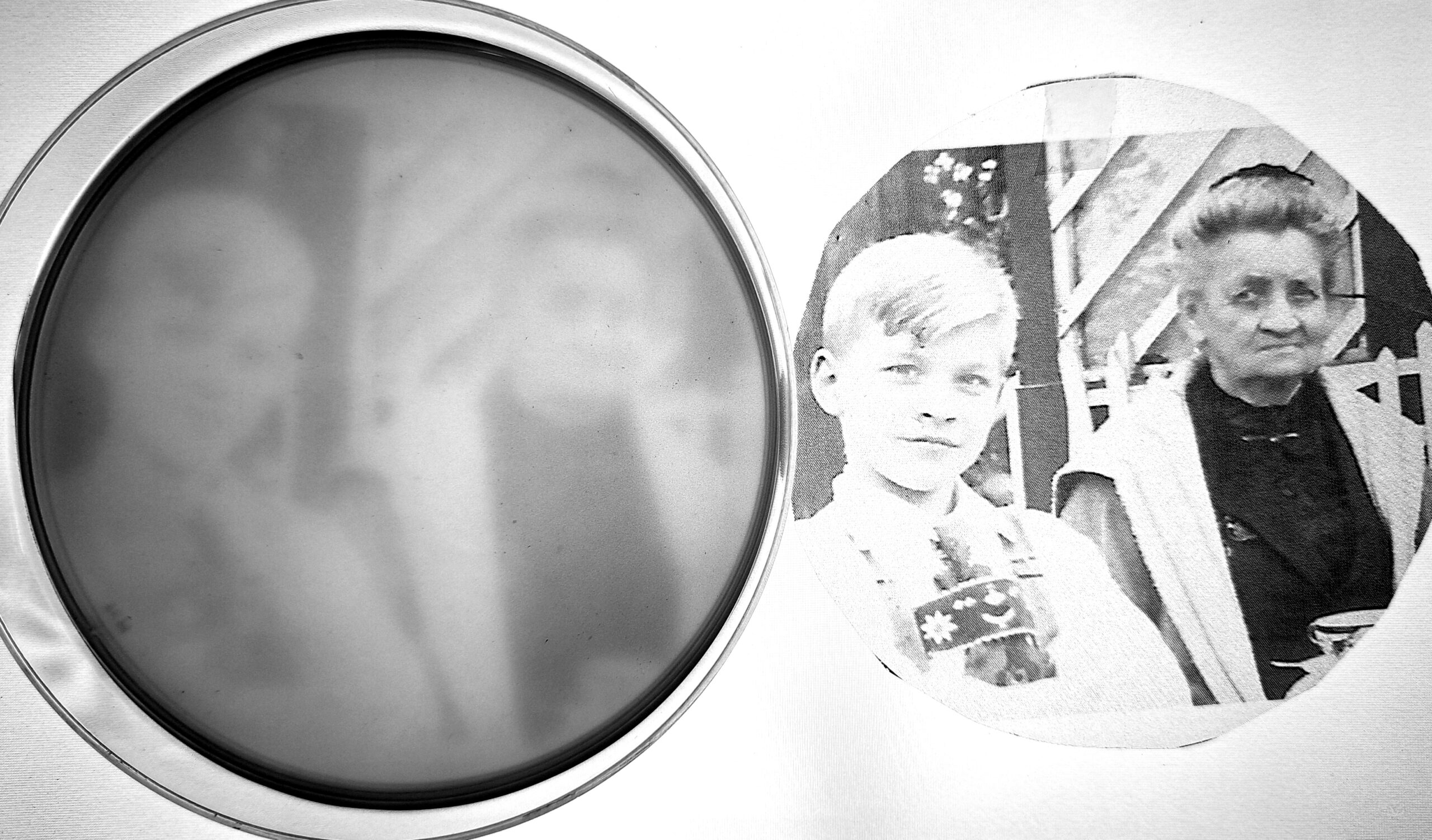In high school, our teachers showed us that every living organism can be classified into two categories: prokaryotes — small, simple cells without nuclei — and eukaryotes — the bigger, denser cells with nuclei. Life felt much simpler then. Nonetheless, it shouldn’t surprise any of us that these distinctions aren’t sufficient to truly capture the diversity of life.
Classifying microbial species has seen significant evolution over the past century. Early microbial identification relied on observable traits like shape, structure, grouping, growth, and pathogenic potential. Yet these techniques could hardly differentiate neighboring species and failed to get to the heart of the organism.
Key molecular-level discoveries paved the way for advanced techniques that compare genetic material, such as DNA-DNA hybridization. These techniques enabled feats like discovering the third Kingdom of Archaea and identifying over 40,000 bacterial species by 1980. Even so, DNA-DNA hybridization requires substantial DNA quantities that many kinds of samples lack due to low biomass. To overcome these challenges, newer technologies emerged. One of these acted as a true game-changer for revolutionizing species identification: DNA sequencing.
The core of DNA sequencing lies in determining the order of nucleic acid bases, which are the chemical building blocks that make up the DNA molecule. Sequencing allows researchers to identify species via DNA “barcodes”, unique sections of DNA that can be compared with a reference library of other registered sequences. Among these DNA barcodes, 16S rRNA sequencing offers a finer brush than ever to differentiate microorganisms to species level.
Effectively, the 16S ribosomal RNA acts like a molecular fingerprint for bacteria and archaea. It encodes for a smaller subunit of rRNA molecules that are essential for converting genetic messages to functional cell components. And with just a single workflow, 16S rRNA sequencing can analyze an entire microbial community in multiple samples at once. Such profiling has helped make inroads in identifying disease-causing bacteria, monitoring ecosystems, and facilitating crime investigations.
Since 2011, true to their slogan “innovators in DNA Sequencing Technologies”, NimaGen has been pioneering Next-Generation Sequencing (NGS) Library Prep Kits based on the licensed and patented Reverse Complement PCR (RC-PCR) technology. Most recently, NimaGen developed the EasySeq™ Full-Length 16S NGS Library Prep Kit. We had the pleasure of connecting with their Microbiology Manager, Brian van der Veer, Ph.D., about the new kit and the next revolution in microbial NGS.
The Interview
SK: Tell us more about NimaGen’s “DNA”.
BvdV: NimaGen was founded in 2011 under Biolegio Holding by Ruud van der Steen (CEO) and Joop Theelen (Chief Scientific Officer) with the desire to empower the DNA sequencing community.
Our company is located in Nijmegen, The Netherlands. The unique DNA helix in our logo is based on the famous local landmark called ”Waal Bridge”, bridging a busy shipping route connecting Rotterdam Seaport with the German Ruhr industrial region.
NimaGen specializes in life science applications; more specifically, genetics and genomics. We support both traditional (gold-standard) and novel DNA sequencing workflows as follows:
- Sanger Sequencing and Fragment Analysis (CE)
- Next-generation Sequencing
- Nucleic Acid Extraction & Clean-up
SK: It’s clear that the 16S rRNA gene is a main character in NimaGen’s story. Can you tell us more about the gene – what it encodes, and what it can tell us?
BvdV: All archaea and bacteria contain 16S rRNA genes that are a part of the ribosomes. The 16S gene contains conserved regions that are useful for designing primers. These are short stretches of nucleic acids that define which gene regions we target in a polymerase chain reaction (PCR) assay. Furthermore, the 16S gene also contains nine variable regions that are used in taxonomy to classify bacteria up to species level. So if one sequences the entire 16S after enough DNA is amplified (library preparation) from PCR, then you can successfully identify bacterial species present in your sample.
SK: It seems that the Reverse Complement PCR (RC-PCR) technique is central to NimaGen’s work. Could you tell us more about how that works?
BvdV: The RC-PCR technique streamlines DNA amplification and barcoding into a single, closed-tube process like standard PCR (Figure 1). After PCR, samples are pooled for clean-up in a single tube using magnetic beads, eliminating the need for individual clean-up steps. Sequence adaptors are then attached to the libraries within the cleaned samples. These adaptors have a motor-protein attached that is needed for Nanopore sequencing.
With our newest EasySeqTM Library Prep Kit, the whole process can be done within a single step, which reduces the risks of pipetting errors, sample swaps, and cross-contamination. Target-specific primers are also synthesized during the reaction, which gives the RC-PCR method high sensitivity and specificity. Overall, RC-PCR requires fewer steps and less sample manipulation, reducing labor costs and contamination risks in library preparation.

Figure 1: Overview of the RC-PCR workflow, obtained with permission from NimaGen.
SK: What other products make NimaGen possible?
BvdV: As mentioned, NimaGen also designs innovative NGS/MPS Library Prep kits. Our kits are powered by patented Reverse Complement PCR (RC-PCR) for applications in Human Genetics and Microbiology & Infectious Disease (EasySeq™), as well as Forensics (IDseek™). Furthermore, as part of our Microbiology & Infectious Disease portfolio, NimaGen contributed to monitoring and mitigating the spread of the SARS-CoV-2 virus during the COVID pandemic by keeping our SARS-CoV-2 NGS Library Prep kit up to date with new variants (Delta, Omicron, etc.) to enable genotyping of positive patient samples. This kit was utilized internationally and helped laboratories, clinicians and governments make informed decisions.
Now, NimaGen also has two kits for Illumina®: EasySeq™ Bacterial Identification for sequencing the 16S rRNA hypervariable regions V1-6, V9 and EasySeq™ Microbiome for sequencing the 16S rRNA hypervariable regions V3 and V4. Most recently, NimaGen released a new kit for ONT® called EasySeq™ Full-Length 16S, which is already being adopted by a rapidly growing number of laboratories in healthcare and environmental testing!
SK: You mentioned the 16S gene’s variable regions. How different are the microbial DNA sequences between different bacterial taxa, and how could they arise between the taxa?
BvdV: What’s interesting about the 16S gene is that it encodes for an essential component of cellular life. The prokaryotic ribosome is responsible for performing protein synthesis. Hence, it would make sense for the function of the 16S rRNA gene to be conserved in bacteria. Despite that, it is through evolution that the gene’s sequence and length have varied between species.
SK: I imagine then that the level of diversity you want to capture would affect which variable regions you’re targeting.
BvdV: Indeed! Amplifying a specific variable region like V6-V9 is better for targeting some genera, even as V3-V4 is the most common region for 16S profiling. As such, one has to be aware of the extent to which sequencing certain variable regions affects microbial profiling. For instance, the difference between phyla is larger than between species within the same genus. In contrast, while some species have nearly identical 16S rRNA sequences, others can have highly disparate sequences. That’s why full-length sequencing of the 16S rRNA gene can be so useful. Johnson et al. (2019) demonstrated that Full-length 16S sequencing can classify almost all bacteria to the species level.
SK: Much has also been said about strain-level microbiome profiling through metagenomic sequencing. Under what situations would a researcher find 16S rRNA sequencing more useful as opposed to metagenomic sequencing?
BvdV: Metagenomic sequencing is notoriously expensive compared to amplicon sequencing due to the higher sequencing capacity required. This can also raise issues with data storage and analysis as more computational power is needed for analyzing data from these very large datasets. 16S amplicon sequencing is also more sensitive because it uses PCR to amplify the rRNA gene, making it a good target for low biomass samples. Lastly, many high-quality 16S databases like SILVA have been available for years, meaning most researchers are familiar with these databases. This can facilitate collaborations to monitor contamination and for other projects, especially in low-income countries.
SK: Library preparation is a must for 16S sequencing and can vary depending on the sequencer used. But how does the sequencer employed affect your library preparation protocols? What differences do you need to account for between the various sequencers?
BvdV: Library preparation protocols can be completely different, especially if one uses protocols from different vendors. Illumina® and ONT® are good examples. The platforms that Illumina® offers vary greatly in raw data output or reads, but they also differ in the maximum read lengths that can be produced. This is important for V3-V4 region sequencing. Although a minimum paired-end read length of 250 nucleotides (nt) is required, paired-end reads 300 nt long are preferable. On the other hand, ONT® has in principle no read-length restrictions, but the output is more variable as nanopores are used for sequencing that can degrade. Another factor to consider is the read quality; ONT® produces lower-quality reads (Q20) compared to Illumina® (>Q30).
SK: In the past, researchers relied on amplifying short hypervariable regions of the 16S rRNA gene for short-read sequencing. What technical challenges come with this approach, and how does your newest kit address these issues?
BvdV: Amplifying short hypervariable regions in the 16S rRNA restricts the level of detail we can achieve when distinguishing bacteria. Our EasySeq™ 16S Bacterial Identification Library Prep Kit addresses this by amplifying multiple variable regions within a single DNA fragment and sequencing the different regions simultaneously. This approach is especially useful for low-complexity samples where few microbial species reside. Think of blood samples where few bacteria reside, for instance. We can identify the prevailing microbe in blood samples should infections arise by preparing the DNA with our kit.
SK: What are your plans for your EasySeq™ Full-length 16S Library Prep Kit? Which kinds of research do you anticipate will most benefit from full-length 16S rRNA sequencing?
BvdV: We will be promoting the kit at many conferences over the next year. A 16S consortium study has also been initiated in medical microbiology labs across The Netherlands and Belgium, which will evaluate our kit for routine bacterial identification. The results and feedback from our customers and this consortium will help us to optimize the kits for their needs.
Apart from the domain of Medical Microbiology, research labs on any microbiome from blood to the environment could benefit from our platform. From medical research to food/agricultural safety, animal health, and environmental hygiene, full-length 16S rRNA sequencing can be used to have rapid results with up to species-level identification within a day. Our kit demonstrates high sensitivity, excellent composition representation, uniform barcode performance, low risk of contamination, and species-level identification.
Authors
-

Paul Naphtali is a seasoned online marketing consultant. He brings to the table three years of online marketing and copywriting experience within the life sciences industry. His MSc and PhD experience also provides him with the acumen to understand complex literature and translate it to any audience. This way, he can fulfill his passion for sharing the beauty of biomedical research and inspiring action from his readers.
View all posts -




